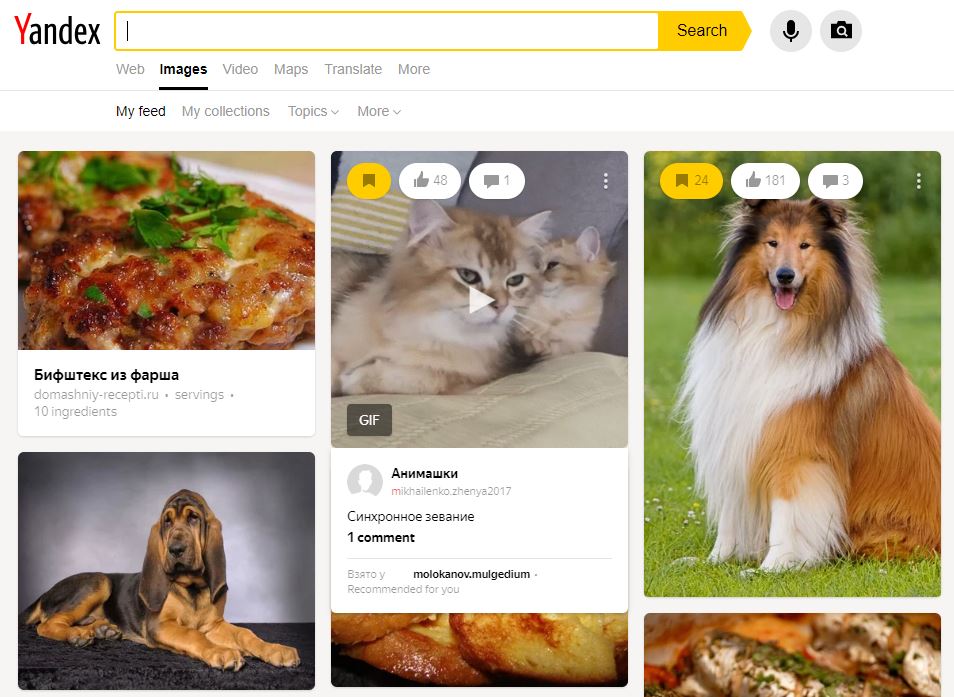

If you tweet about the service, you get fifty free credits. Unlike Google and TinEye, Image Raider is not free, but it’s very affordable – 300 credits for £1 on a subscription or 200 credits for £1 on ad-hoc (non-subscription) orders. TinEye has browser plugins for Firefox, Chrome, Safari, and IE. Otherwise, its use is similar – upload an image (or enter its URL) and click Search. This company is the pioneer of reverse image search and has a huge index of images (and the index is different from that of Google Images). If Google Images has a real competitor, it must be TinEye. With Google Chrome it’s even easier – just right click an image and choose “Search Google for this Image.” Then either paste an image URL or upload it and click the Search by Image button. Go to Google Images and click the “Search by Image” icon (right before the familiar magnifying glass icon). GoogleĪs you can expect, the leading search engine in text search is the leader in reverse image search, too. Here are the three best reverse image search engines. There aren’t dozens of reverse image search engines, but the few that exist aren’t bad. Now that you know how beneficial a reverse image search engine can be, let’s see some examples of them. Some Good Reverse Image Search Engines to Try You don’t always find similar (from a human point of view) images, but very often these engines do help, especially in more popular image niches. Hit a reverse image search engine and see what they suggest as similar images. You like an image, but it’s not exactly what you want. One more good use of a reverse image search engine is for finding similar images. For instance, if you upload your vacation photos and they end up on a travel site without your permission, you can take steps to remove them. If you upload photos online, it won’t hurt to check where they end up and take action, if necessary. You don’t want to be the 100th site that uses the same image, right? Just perform a reverse image search to see if the image you plan to use isn’t really popular.Īnother case when you might want to check if a particular image is used online is with your own photos. When images haven’t been taken by you personally, chances are someone else may have used them.Įven if you buy a image, unless you pay for the exclusive usage rights which is expensive and still not a guarantee no one else will be using it, it’s a sure thing the same image will be used on other sites, too. If you plan to get some images (free or not) for your site, you’d better first check who else is using the same image. a larger/sharper one) or at least a similar image you like more? This is where reverse image search engines come to the rescue. Wouldn’t it be nice if you could find a higher quality version of the image (i.e. You strain your eyes to see what’s in it to no avail.

Very often when you browse online, you find an image you like, but its quality is not good. To Find a Higher Quality Version of an Image There are many reasons to use a reverse image search engine, but let’s narrow them down to the following three. Perhaps you are thinking all of this is cool, but does it have any practical use? Yes, it does, as you will see. Instead of entering a search string, you upload an image, and the search engine finds the same image or a similar one. A reverse image search engine is different from a normal search engine.


 0 kommentar(er)
0 kommentar(er)
